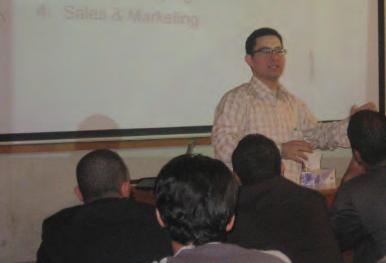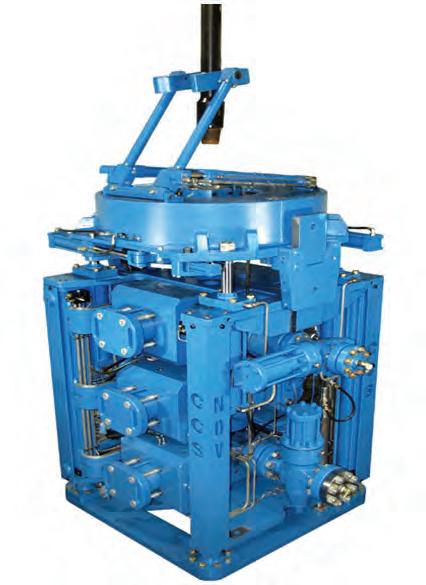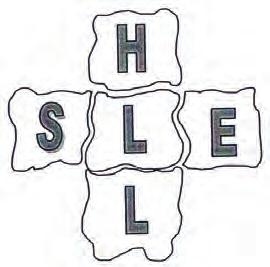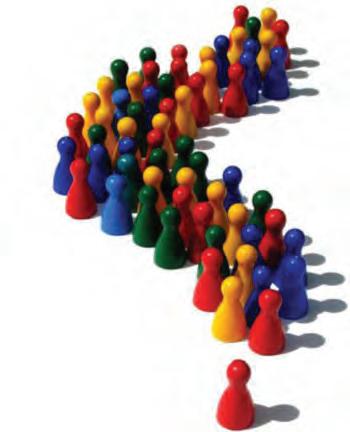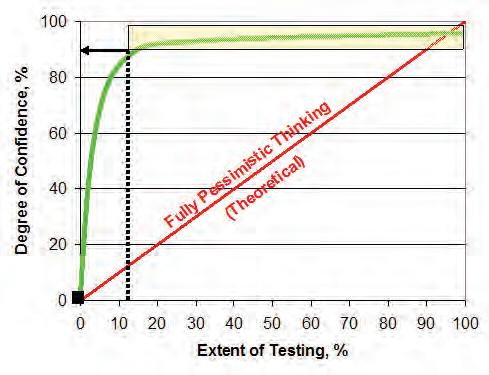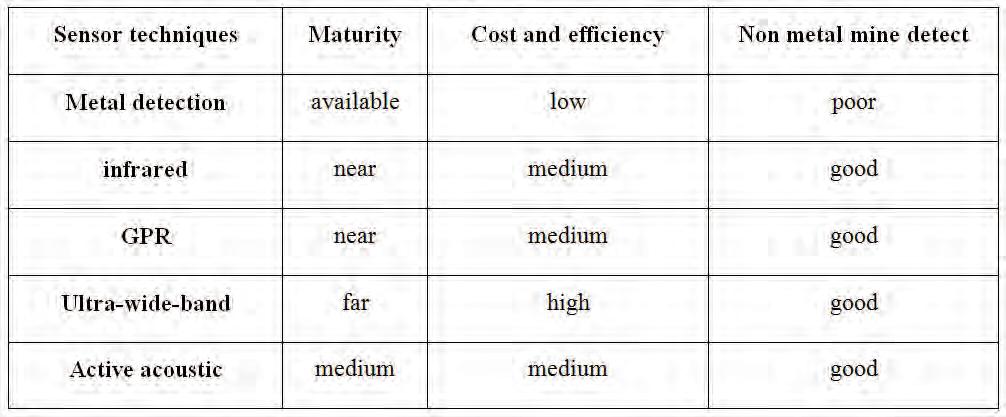GET INSPIRED
HUMAN FACTOR EXTRACTS
Moustafa Hashem Former QA Manager Petroleum Air Services, PAS
For the success of any business, there are four main factors that must coexist in harmony and those are; machine, man, management and money. Out of these factors, the human element (Man) is the most crucial, flexible and critical one. Therefore, the content of this article will drift greatly towards that important factor highlighting its role in the industry and the relations that ties it to the other three factors in this so called SHELL model:
managing and controlling other components including other life-wares (labors and co-workers). To get the maximum out put and best performance of this model, certain conditions and relations should exist between the lifeware- in the center of the modeland other components. The bilateral relations can be simply explained as follows: L-S This encompasses human and the non physical aspects of the system such as document design, i.e. maintenance and operation manuals, procedures, training; manuals, rules and regulations. L–H “Machine to human” (ergonomics). It addresses many characteristics such as; the design of tools to fit the human user as well as his own required efforts to operate the desired tool, not only that, but also assures that machineries are equipped with effective display monitors and gauges that match the sensory user’s information processing. Two more important factors should be considered here. First, the design should not interfere with the work space or limit the accessibility; last but not least, the design should insure the highest level of reliability that the equipment will always perform as perfectly as possible.
In the shown diagram the life-ware (Human factor) in the model represents the core or the essence of the whole industrial process, the one that deals with 22
January 2010
ECHO
L–E “Conditions in which the life-ware must function”. On that list you should find the minimum possible conditions that must be provided for the life-ware to function properly and safely in terms of temperature, noise and disturbed circadian – rhythms – due to shift work.
L–L “Interface between people”. This category covers the facets of interaction between life-ware and other life-wares; namely regarding, individual proficiency, the proficiency of the team as a whole and its effectiveness, group influences, behaviors and its affect on performance, staff-management relations in terms of; leadership, cooperation, team work and personality. Finally, the last aspect of such a category is the domestic pressure or the corporate culture itself, even the corporate climate and company operating procedures; all can significantly affect human performance. Considering the facts given in the previous SHELL model and viewing people as the central value gives us a scoop on what motivates people to show the highest degree of active compliance. Motivation reflects the differences between what a person can do and actually will do. Motivation is what drives a person to behave in a particular manner. People are different and driven by different motivational forces. Motivation is a central task for management to identify what people need and then meeting them in such a way that employees will reciprocate by doing whatever required from them. In final words, Humanist psychologist Maslow in 1943 argued that humans seek to satisfy ever higher levels of needs other than basic survival needs (food, water, … etc); rising through safety needs, belonging , self esteem cognition, aesthetics and culminating in self actualization.

